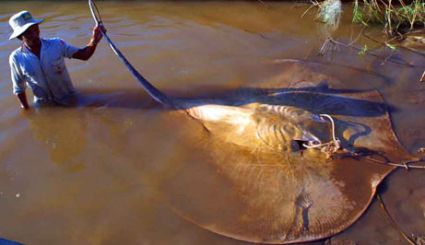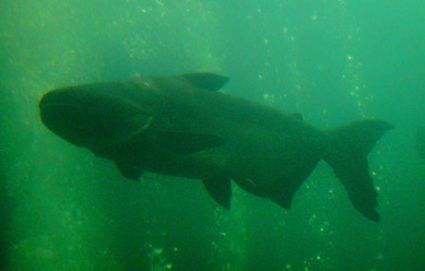
In the waters of the Chinese Yangtze river, something very fishy is happening with the fishes. The rivers and lakes of the world are facing a declining biodiversity. Fewer mega fishes exist as of now in the Chinese waters as well as other water bodies. This is probably due to the changing climatic patterns of the water bodies.
The fresh water fish are slowly dying off. In an effort to save the slowly dying shoals of fishes, a Megafishes project has been launched. Researchers from the University of Nevada in Reno, are working on the Mekong delta of Thailand. They will also be working in China as well. The scholars are Zeb Hogan and Sudeep Chandra.
According to the Hogan, about 8% of all species of fish and 40% of global fish are found in the fresh water bodies. The problem is that most conservationists tend to overlook this problem. Also, people don’t really consider fish to be wild animals. They are mostly considered as food. So, no one really cares about them.

With people devouring large catches of fishes, the unique shoals of fish are dying a slow death. The variety is decreasing. Pretty soon we will find that giant fishes like Sturgeon and catfish disappear. I think every effort to preserve these species need to be considered and people need to conserve the species.

The different species of the fish face various kinds of threats. Threats are mostly environmental in nature. There are also human threats. The fish are unknowingly caught by the local people sometimes. The cargo vessels that cross over Yangtze are yet another threat. The propellers of these big boats injure the fishes in the neighborhood.
The project is totally committed towards saving these aquatic giants. The Mekong river’s 1200 plus fish species make it the most biodiverse water body of the world.Hopefully, once the researchers figure out the behavior of these fishes, they will be able to protect them from the threats.
Image Credits: National Geographic [All images from same page]

